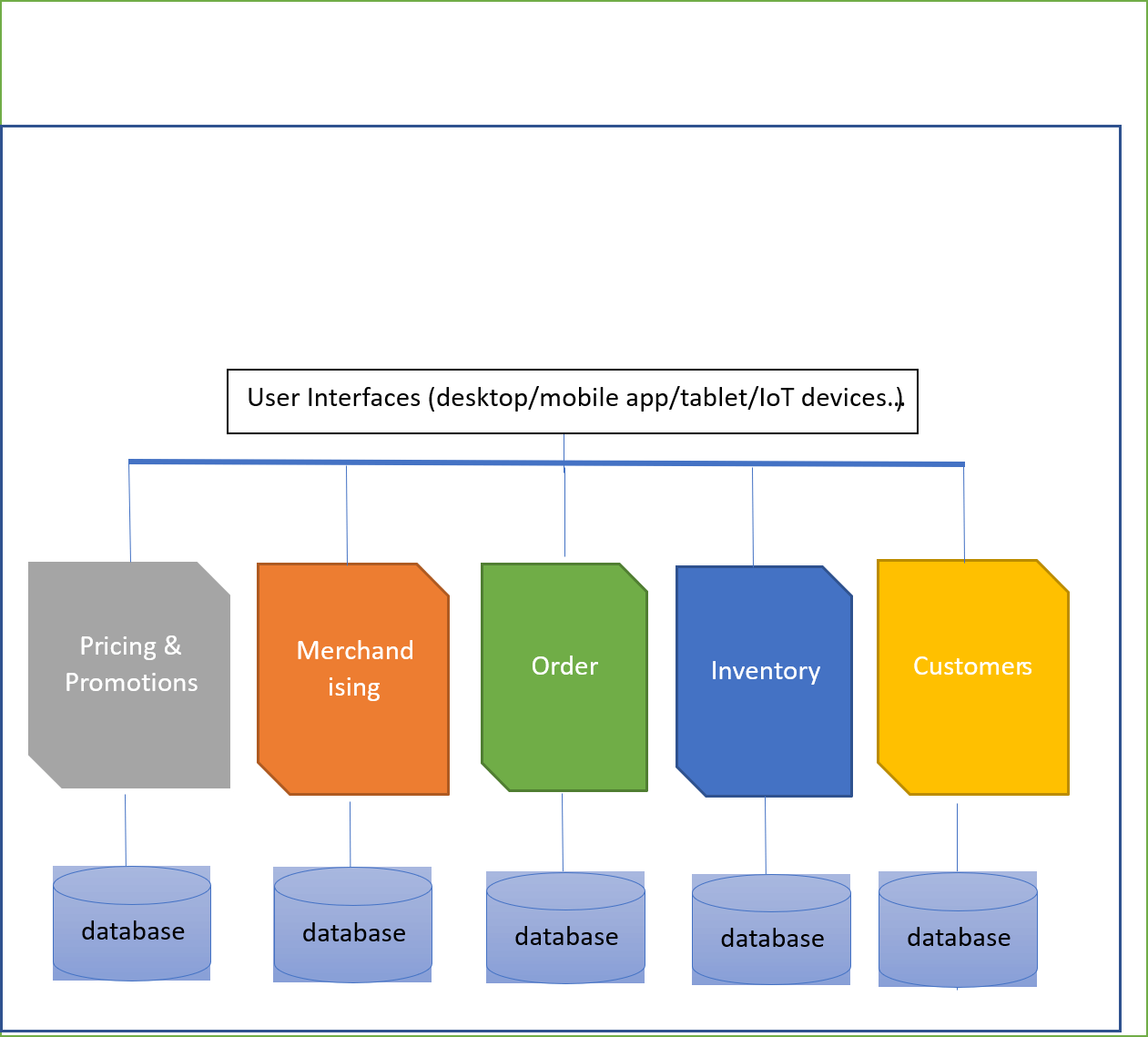In August 2020, Gartner recognized commercetools as the Leader in the 2020 Magic Quadrant for Digital Commerce. This is an evaluation programme whereby Gartner identifies commerce players who support and contribute to digital commerce by making informed evaluations.
In fact, commercetools has emerged as a leader in the B2B ecommerce platform market, over the past few years. And what is driving commercetools to emerge as the market leader, in terms of performance? Undoubtedly it’s the API-first aka headless approach for commerce!
In this blog, we will set out to explore what makes commercetools a pioneer in the field of headless technology, so much so that it is almost considered synonymous to the word headless!
The BIG FOURS of commercetools
The commercetools platform is built on its trademark MACH principles. MACH stands for Microservices support, API-first, Cloud-native, and Headless – everything the contemporary commerce platform represents! Coined in the year 2018, the term “MACH” has paved way for a host of advanced, agile and open-source technology products that are available in the market today.
These four pillars of the next-generation commerce platform are also referred to as the “Big Four”:
- Microservices
- API- first Approach
- Cloud-native
- Headless
These enable the platform to deliver business benefits including superior and fast performance, flexibility, faster time to market, and endless customization – to name a few. Let us look at the architecture, in a bit more detail.
- Microservices
Microservices follow a principle whereby small services/applications, that communicate via APIs, are independently built and deployed in the main application. One of the key features of microservices is its modular and flexible architecture that enables businesses to independently build and customize applications at any point of time to fulfil their commerce needs.
Unlike monolithic software where all the business logic is built in one go, microservices-based development offers several benefits. It ensures modularity and flexibility to modify only a specific functional module of an application, rather than having to update millions of lines of code in every iteration. This also enables easier testing, more optimized code, lesser error, and faster editing/iteration cycles – to name a few.

Image 1: Modular architecture of Microservices
Microservices enable the ecommerce platforms to be upgraded with new features rapidly and seamlessly. Modern-day digital businesses are hence, able to launch new features and prototypes in minimum time.
Thus, adopting microservices empowers your digital business with strategic benefits including agility, faster time to market, and shorter release cycles.
- API-First Approach
With its API-first approach, commercetools enables businesses to independently execute app implementation and API development. An API acts as an abstract layer between the presentation layer/front-end technologies and the back-end. It delivers information/commands between the front-end and back-end in the most flexible and seamless manner.
Also, APIs allow the business to connect any number and type of interfaces/devices ranging from – mobile apps and social media sites to even IoT devices- to deliver information to the user. With API, the business doesn’t have to modify its underlying business logic to accommodate a new front-end technology.
An API-first approach, means leveraging all the benefits of an API in the best possible manner by building the API first and then building mobile/web apps on top of the API. API-first software development paves way for a strong, agile development that enables considerable cost and time savings along with future scalability.
The commercetools platform has one of the most advanced commerce-specific API suites integrated to its core. The ecommerce platform is known to have nearly 300+ API endpoints that enable businesses to integrate any number of functionalities and platforms like Digital Experience with their ecommerce applications.
- Cloud-Native
A cloud native application is far different from applications hosted on the cloud. Such applications are developed in the cloud, only to form a core component of the cloud ecosystem. Everything related to a cloud-native application like commercetools (including development, testing, and integration) – happens within the cloud.
Understanding the benefits of APIs and cloud-native technology, many modern-day systems have developed their own versions of cloud-based systems. Thus, we have cloud-native payment systems, warehouse management solutions (WMS), and API-friendly logistics solutions available in the market. When connected with a cloud-native and cutting-edge ecommerce platform such as commercetools, it enables you to launch or update your ecommerce webstore at a lightning fast pace!
- Headless Commerce – Shaping the Future of Digital Commerce
Headless Commerce is envisioned as the future of digital commerce, driven by the countless benefits it offers. One of the most attractive and robust features of the headless technology is that it enables brands to be limitless when it comes to reaching out to customers on any digital touchpoint – be it mobile app, web shop, social media platforms, voice/digital assistants or even AR/VR applications.
Suggested Read: Read this blog to know more about – How a headless commerce solution works
Apart from this, it endows digital businesses with the following value-adds:
- Market adaptability: In today’s fast paced digital landscape, brands have to respond to the changing market as quickly as possible. Headless commerce solutions can help retail brands to do just that- to respond to market changes quickly!
It enables the business to integrate the most modern commerce technology with their ecommerce application without affecting the business logic/backend and without slowing down the systems.
- Improved scalability: With headless, you can scale up your front-end and back-end without affecting the performance of each other, because they are decoupled. This paves way for better system availability and reduced task overheads.
Conclusion
While there are a plethora of headless commerce platforms out there, what makes commercetools different is that its foundation itself is based on the logic of syncing the front-end and back-end using a separate API layer.
It can thus be concluded that, commercetools, powered by the “Big Fours” or the MACH architecture offers a robust, secure, rapid solution to fulfil the commerce needs of the modern day business.




